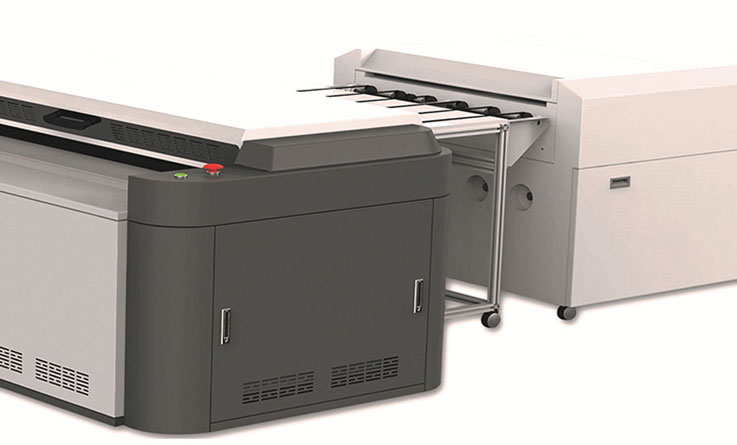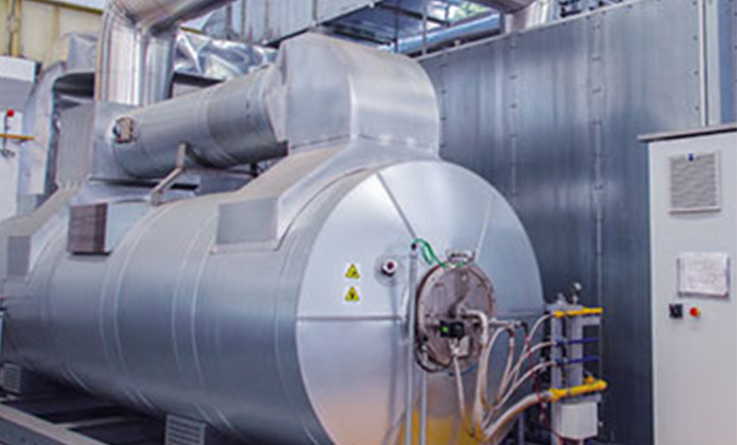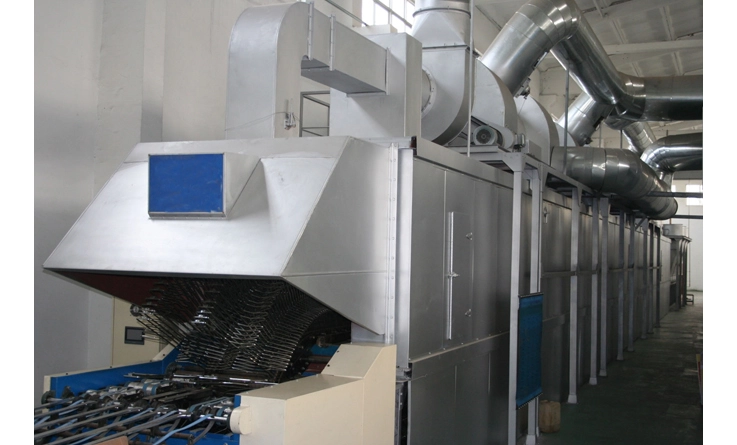1. The effect of baking temperature on the adhesion of tinplate printing
In tinplate printing, because the surface of the substrate is smooth and the drying speed is slow, heating and baking must be used to speed up the drying speed, which is one of the characteristics of tinplate printing. At the same time, because the paints and inks used in each process contain different resins and pigments, the baking temperature and baking time are also different. If the baking temperature is too low, the molecules in the resin will not be fully cross-linked and cured to form a film, and the adhesion will be low. At the same time, the back of the tinplate will be dirty, reversed, and stuck, which will affect the color registration (the back of the tinplate is the inner wall of the container, and if it sticks, it will pollute. the contents of the container). If the baking temperature is too high, the molecules will break, the ink layer will dry and crack, and the mechanical processing and high-temperature sterilization performance will deteriorate and fall off. If the baking time is too short, the adhesion of the coating is not good and becomes soft; if the baking time is too long, the coating will become brittle and will break during can making and cause yellowing.
The control of the baking temperature is mainly completed by the electric heating tube and automatic thermostat of the baking room. The actual temperature of the controlled baking is generally about 10°C to 15°C lower than the theoretical standard baking temperature. A slightly lower temperature can leave some unreacted polar groups, making the polymer chains at the two interfaces of the film ink densely entangled. , to enhance the bonding fastness between coatings. The baking time is mainly controlled by the running speed of the machine. The running speed is fast and the baking time is short, and vice versa.
2. The influence of printing process on the printing fastness of tinplate
Tinplate printing is mainly done by lithographic offset printing, and there are also a small amount of dry offset printing and waterless offset printing. Different printing processes will also affect the printing fastness of tinplate. First of all, no matter which printing process is used, due to the particularity of tinplate printing, printing a product often requires multiple color registration and drying, and it is a smooth surface that is non-absorbent and permeable, and the thickness of different ink layers will be different. Adhesion fastness, the ink layer is thicker, and the cohesion between the ink layers is large. Invisibly offset the adhesion between the primer coating and the tinplate surface, resulting in a decrease in the adhesion of the entire coating layer. Therefore, the thickness of the ink layer of each color should be controlled during the construction process.
Lithographic offset printing is the main method of tinplate printing at present, but the use of fountain solution will cause the emulsification of the ink, and the surface of the tinplate is not absorbent, which will affect the drying speed, which will make the ink bond fastness to a certain extent. and wear resistance are also affected, so it is necessary to control the relationship between ink and water balance.
Waterless offset printing is a printing method that has been popularized and applied in tinplate printing machine. Because there is no fountain solution, the drying speed of tinplate with no surface absorption can be improved, the conjunctiva is good, and the bonding fastness is better than that of water-based tinplate. Offset printing is stronger, and at the same time, the reproducibility of printing dots is better. Therefore, the promotion of waterless offset printing on tinplate has certain prospects.
Dry offset printing, also known as letterpress offset printing, is mainly used in the printing of formed tinplate containers. The ink layer is thicker and the printing speed is faster. Although low-viscosity and good drying inks are used, due to the uncommon use, the performance of the corresponding supporting materials cannot be Therefore, the adhesion fastness of the ink layer will also produce large quality fluctuations.
In recent years, with the continuous development of packaging printing technology and metal packaging materials, the country has made great progress in metal packaging printing. With the rapid economic development, the development direction of tinplate printing machines will be the diversification of printing methods and the high quality of printing.

 English
English français
français Deutsch
Deutsch Español
Español italiano
italiano русский
русский العربية
العربية tiếng việt
tiếng việt Türkçe
Türkçe فارسی
فارسی magyar
magyar Ελλάδα
Ελλάδα Burmese
Burmese


